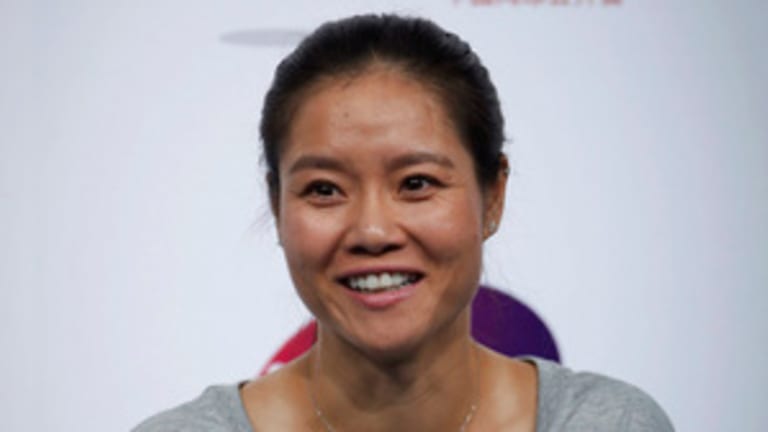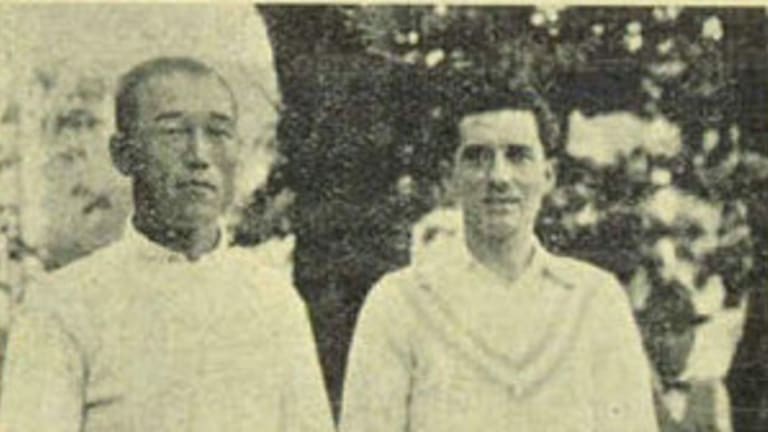For the past few years in tennis, it’s been all about China. The theme had been gathering momentum for some time, and it surfaced in a big way thanks to the combination of two factors: the liberalization of China’s once staunchly collectivist society coupled with the economic boom it unleashed, and the emergence of Li Na as a Grand Slam contender and, finally, champion.
Meanwhile, the pro game across its long-time range was stagnant at best. This led administrators, entrepreneurs, and pioneers to look to China, with its flourishing economy and emerging, status-conscious middle-class, for salvation. In that, the tennis folks were much like 19th-century robber-barons who made their fortunes during the opening up of the American west.
China obliged. The Chinese now are the hosts of an array of ATP and WTA tournaments, some of them going on as you read this. Asia, in tennis, has become synonymous with “China.”
Lost in the shuffle? Japan.
But consider this. Japan has been a presence in pro tennis since the Japan Open joined the Commercial Union Assurance Grand Prix (the forerunner to the ATP World Tour) in 1972, just the fifth year of Open tennis. The WTA has the Toray Pan Pacific Open, which dates back to 1984. Both of those significant events are still fixtures on the calendar, as are a number of other events in Japan. Still others have come and gone. As well, back in the 1970s and 80s, every elite player, including Bjorn Borg and Chris Evert, made room on their calendar for an annual, lucrative exhibition swing through Japan.
Would you like your history with a little more resonance? The very first year-end championships was the 1970 Pepsi-Cola Masters. Unfortunately, the annual playoff amongst the top ATP performers of the year has gone through as many name changes as Nick Bollettieri has gone through wives. But the Pepsi Masters of 1970 is the granddaddy of them all. The winner, in case you were wondering, was Stan Smith. He also hoisted the doubles trophy, with the late Arthur Ashe.


